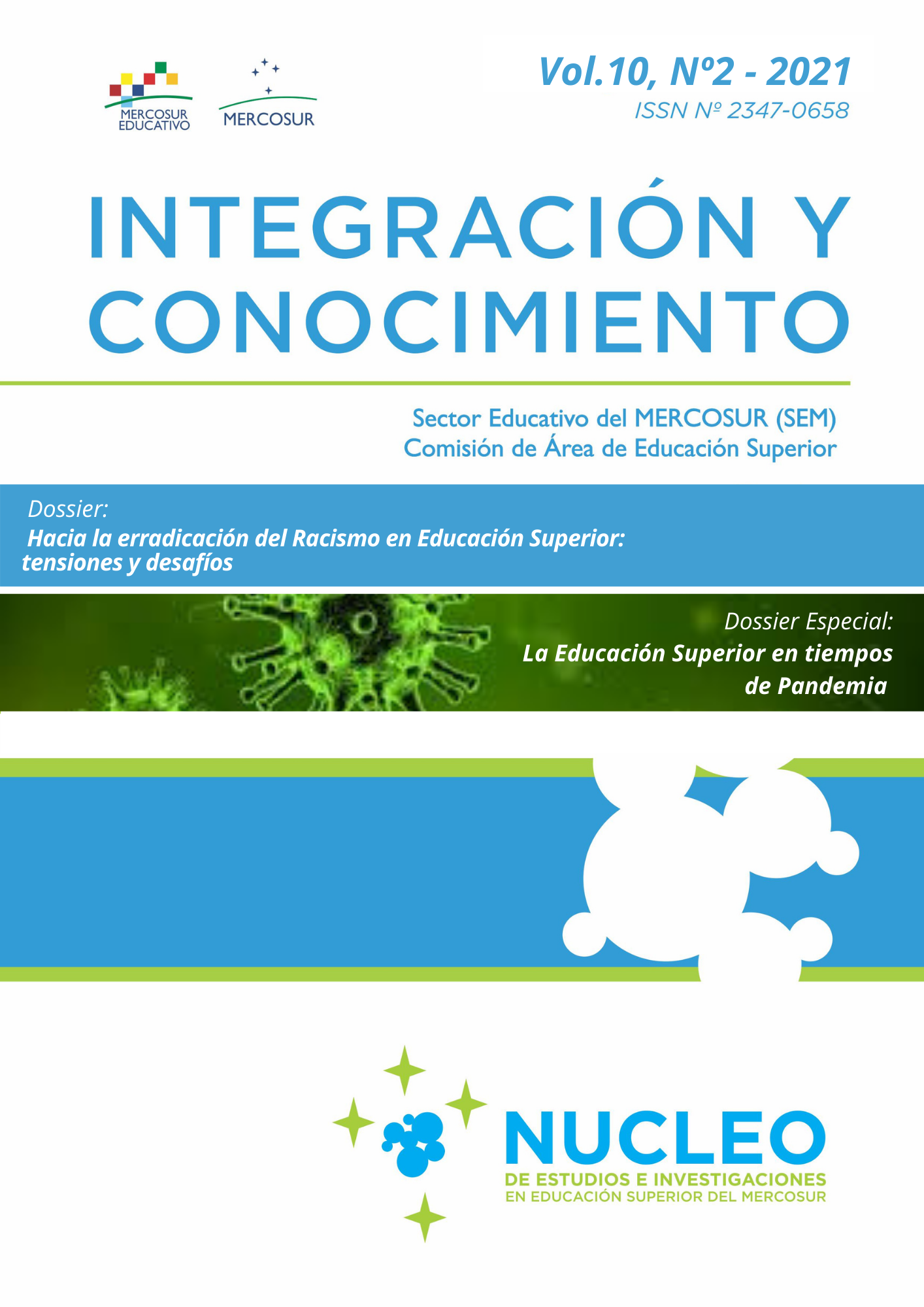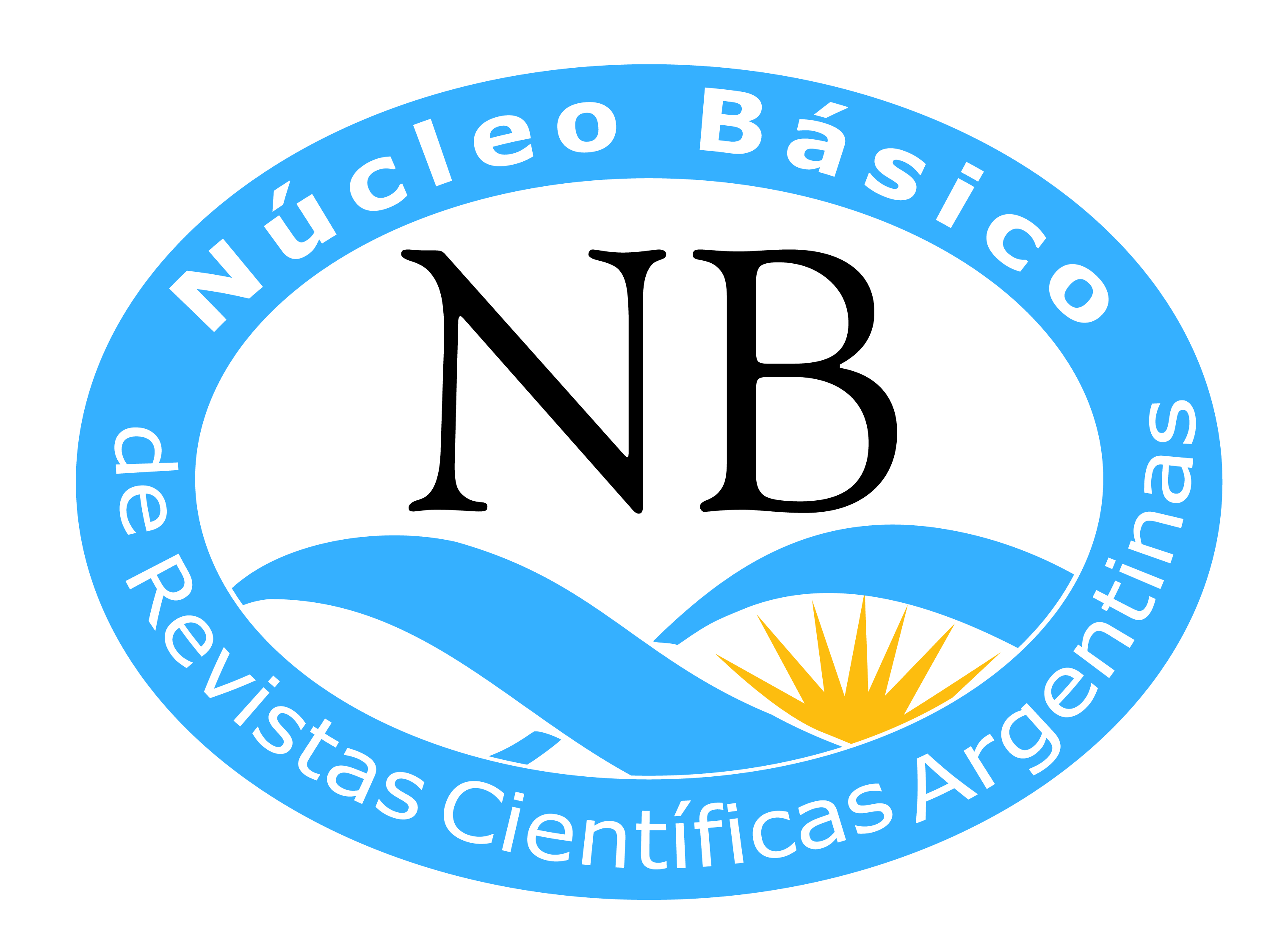Interculturalization of Higher Education, a strategy against racism
DOI:
https://doi.org/10.61203/2347-0658.v10.n2.34076Keywords:
Higher Education, Racism, Discrimination, Interculturalization.Abstract
Racism and discrimination are pending or absent topics in the academic scenarios of Higher
Education in Bolivia, they still seem to be taboo or frightening topics, which are simply not addressed. On
the other hand, interculturality is present in different processes of pedagogical reflection, at least, different
educational actors are beginning to pay attention to it as a transforming element of the educational reality.
However, this fact undermines the importance of racism and discrimination to be taken into account as a
priority in its treatment and development. Meanwhile, negative attitudes towards people of indigenous origin
are still in force, they seem to be part of everyday life and are legitimized with discriminatory behaviors and
attitudes, which in many cases are not even unveiled and denounced, much less are educational and
institutional actions promoted for the prevention and elimination of racism, despite the fact that Bolivia has
regulations in force against racism and all forms of discrimination. Although some universities organize
educational activities on interculturalism and the socialization of regulations on racism, no specific educational
actions are developed to identify forms of institutional racism and discrimination practiced by different
educational actors, mainly students and teachers, nor are there any strategies to address the issue in the
pedagogical processes. This article aims to contribute elements of reflection on the racist and discriminatory
attitudes present in Higher Education spaces, which in many cases are covered up or simply ignored as if they
were something "natural". The universities themselves do not contribute to the understanding of racism by
the educational actors for its adequate reflection.
Downloads
References
Calderón, S. R. (2005). Comprender la práctica docente. México: Plaza y Valdés.
Dietz, G. y Mateos Cortés, L. S. (2009), El discurso intercultural ante el paradigma de la
diversidad. En T. Aguado Odina y M. del Olmo (Eds.), Educación intercultural: perspectivas y propuestas
(pp.45-63), Madrid: Ramón Areces.
Instituto Nacional de Estadística. (INE). (2013). Bolivia. Características de población y vivienda.
Censo nacional de población y vivienda 2012. La Paz: INE.
Ley Nº 070 de 2010. Ley de Educación Avelino Siñani - Elizardo Pérez. Gaceta Oficial del
Estado Plurinacional de Bolivia, 204NEC, de 20 de diciembre de 2010.
Ley Nº 269 de 2012. Ley General de Derechos y Políticas Lingüísticas. Gaceta Oficial del Estado
Plurinacional de Bolivia, 405NEC, de 02 de agosto de 2012.
Ley Nº 045 de 2010. Ley Contra el Racismo y toda Forma de Discriminación. Gaceta Oficial
del Estado Plurinacional de Bolivia, 178NEC, de 08 de octubre de 2010.
Mato, D. (2020). Los desafíos de las múltiples formas del racismo al avance de la Educación
Superior Intercultural. Textura (ULBRA) 22(51),10-28
Ministerio de Culturas. (2012). Comité Nacional contra el Racismo y Toda forma de
Discriminación. Plan de Acción 2012 -2015. La Paz, Bolivia.
Saavedra, J. L. (2007). Educación Superior, interculturalidad y descolonización. La Paz, Bolivia: Ed.
PIEB-CUZ.
Viaña, J. (2009). Interculturalidad crítica y descolonización. Fundamentos para el debate. La Paz, Bolivia:
Ed. III-CAB.
Downloads
Published
Issue
Section
License

This work is licensed under a Creative Commons Attribution-NonCommercial-ShareAlike 4.0 International License.
Authors who have publications with this journal accept the following terms:
a. Authors shall retain their copyright and guarantee the journal the right of first publication of their work, which shall simultaneously be subject to the Creative Commons License of Recognition which allows third parties to share the work as long as its author is indicated and its first publication is this journal.
b. Authors may adopt other non-exclusive licensing agreements for the distribution of the published version of the work (e.g., depositing it in an institutional telematic archive or publishing it in a monographic volume) provided that the initial publication in this journal is indicated.
c. Authors are allowed and encouraged to disseminate their work via the Internet (e.g. in institutional telematic archives or on their website) after publication of the article, which may lead to interesting exchanges and increased citations of the published work. (See The Effect of Open Access).



